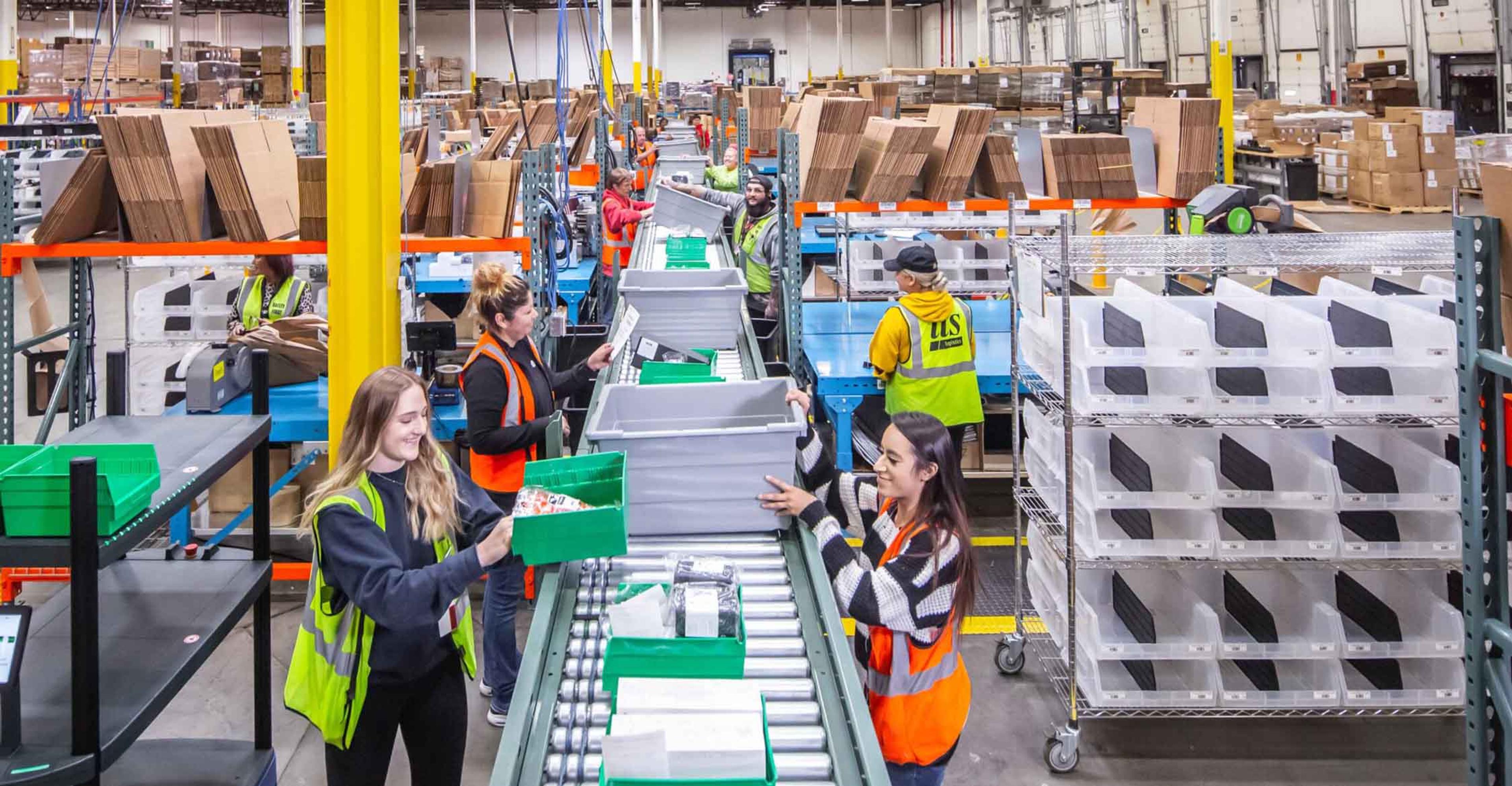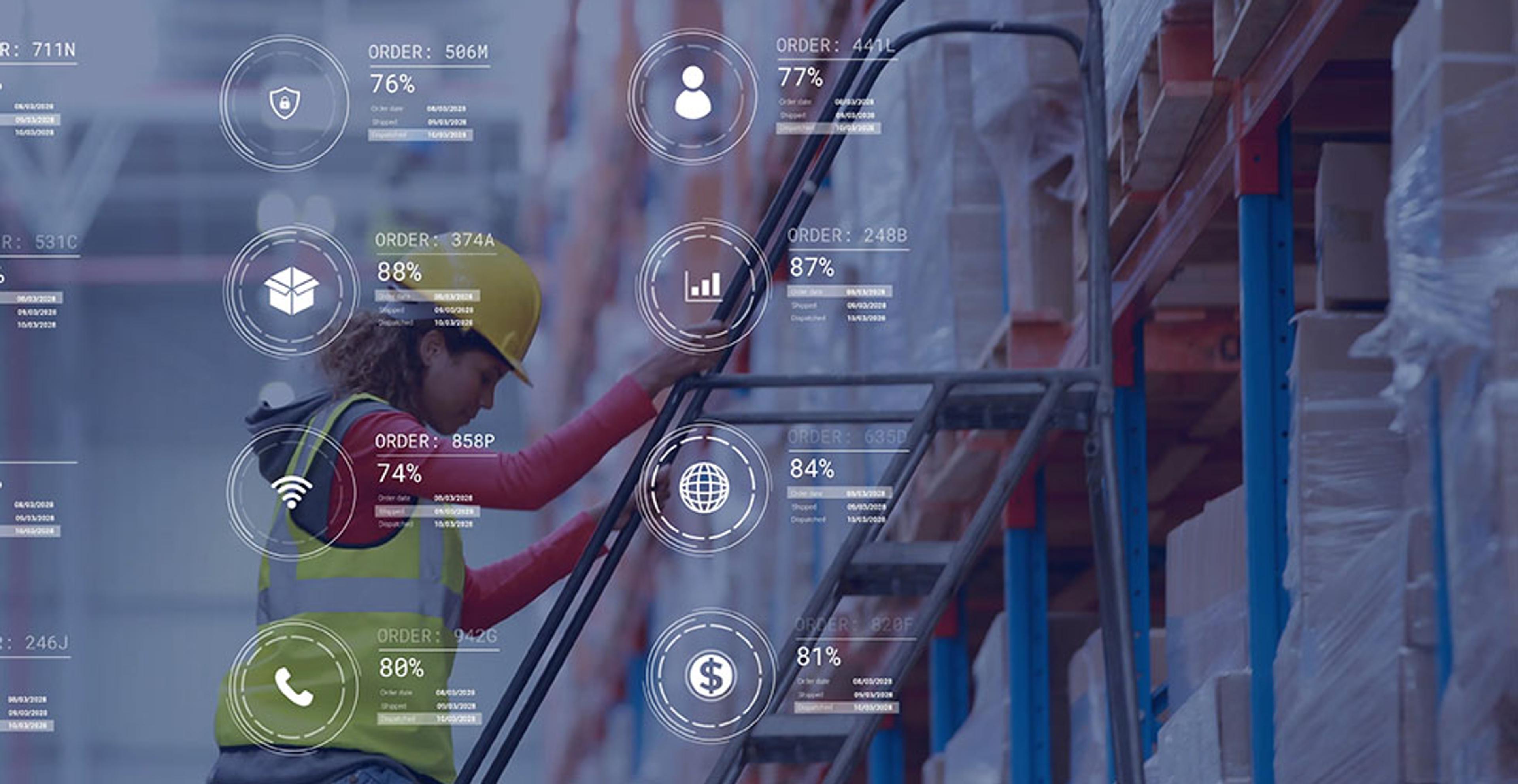Inventory Management Strategy in a Changing Global Supply Chain

Improving operations through effective inventory management
Economic conditions are changing and affecting consumer behavior, which is causing some to reconsider their current inventory management strategy. Global supply chains have been under pressure over the past two to three years due to product shortages, labor disruptions, inflation, and other challenges. These events are impacting how supply chain organizations operate and while concurrently changing the industry.
Inflation in the United States has outpaced wage gains on an annual basis every month since April 2021. Consumers have been resilient up until recently as data has shown a pull back on spending. Economists predict that inflation-adjusted personal consumption has grown at just 1% annualized pace in the third quarter of 2022. This would mark the weakest rate since the early days of the pandemic and half the pace seen in Q2 2022.
The retail industry was hit hard the past few months as inventory stockpiled. Customers stopped buying goods that were in high demand during the pandemic. Due to delayed shipments, many retailers were receiving their orders long after the buying season had passed. Many retailers invest heavily in predictive analytics and demand forecasting to drive accurate purchasing, but even the most sophisticated technology could not predict the fallout from a pandemic.
Consumer demand shift leading to low inventory turnover
Excess inventory is not a new problem on the market, however the many variables within the supply chain have amplified the problem. Some retailers are choosing to discount surplus inventory and sell it in stores, but others may steer away from doing that to prevent brand dilution. Those that are storing excess stock are paying premium rates for warehouse capacity and those goods could lose value over time.
Shoppers will soon likely be able to find bargains on new, used, open box, refurbished, and unopened items on secondary markets. The ratio of brand-new items available is high as historic volumes of excess inventory are being offloaded. For example, Kohl’s recently shared that they are retaining an additional $82 million of inventory while Gap reported an excess increasing by 37% in Q2 2022. The current overstock woes are a benefit for customers, who will gain access to a breadth of new and unopened inventory just in time for holiday gifting.
How can retailers improve operations across the supply chain to avoid a profit loss? We sat down with ITS leaders Kasia Wenker, Ryan Martin, and Paul Brashier to get their outlook on inventory management strategy and the current state of the industry.
About Kasia Wenker, Ryan Martin, and Paul Brashier
Kasia Wenker, Director of Supply Chain Solutions, joined ITS Logistics in 2004 after previously working at Intel and UPS as an industrial engineer. She holds her MBA with a Supply Chain Management emphasis and a Masters in Industrial Engineering.
Paul Brashier, Vice President of Drayage and Intermodal, has been an industry leader in the sales and logistics industry for over 20 years, working for such companies as Schneider National, Coors Brewing, and Coca-Cola. Joining ITS Logistics in 2015, Brashier created and elevated the drayage and intermodal division to #11 in the United States to over $300 million in revenue. Having been featured in the Wall Street Journal, MarketWatch, Bloomberg, The Loadstar, CBS News, Freight Waves, and Transport Topics, Brashier lends his expertise on US and global supply chain matters.
Ryan Martin, President of Asset Operations, has been in the logistics industry for almost 20 years, starting as an intern at the K-Mart Logistics Center in Reno, NV. Upon graduation with a BS in Business Administration and Logistics Management from the University of Nevada, Reno he joined JCPenney and soon became the youngest Senior Facility Manager in the company’s history.
How do you expect the high levels of retail inventory to affect the supply chain as we go into 2023?
“Retail inventory levels are high when it comes to the larger stores, but I want to point out that not every company in the industry is experiencing this glut and not every retailer has the same constraints. They simply have to be successful in their efforts to move the inventory. Some of the massive retailers have now reported they are shaving square footage. As a response to unlimited demand growth, the companies that could afford to invest and scale up did. But as demand has subsided and space is being better utilized, those companies are going to scale back. Ultimately, we will be seeing a lot of liquidation of products from those that need to shed their inventory. Ecommerce is not declining by any means; we are still seeing enormous growth year-over-year. At ITS, we have seen brands continue to expand first-hand and seek out supply chain solutions. That’s why we want to avoid making any blanket statements about recession or inventory glut even with the current inflation in the US. The supply chain will start to normalize next year. Warehouse space is in high demand and omnichannel distribution in conjunction with ecommerce has opened multiple channels for consumers to buy from. It is so easy for the average person to find anything they want! But how can retailers provide more products for customers when the warehouse is full? It is difficult to innovate with four walls when there is no space, so the only option: find more space. ITS has 1.7 million square feet coming online in 2023. For us, we believe in the basics of proper planning for good inventory management. We work closely with our customers to know their demand and work backwards from there to manage their distribution and fulfillment.” – Kasia Wenker, Director of Supply Chain Solutions
What do you expect to see with warehouse pricing and capacity in the near future?
“Warehouse capacity on the coasts will continue to see some strain throughout the remainder of 2022 and early 2023. Most retailers have pulled back on issuing new PO’s due to current levels of on hand inventory, but supply chains for new products (especially apparel) have long lead times. From inception to delivery at the store, it can be anywhere from 6 – 9 months. I expect that retailers will continue pushing new inventory to refresh their store sets or develop new SKUs, so new inventory will continue to flow but in a more limited fashion. Warehouse developers have already started to pull back on new builds as they have seen these headwinds for the past couple of months. The cost to build is still high, demand is high, and supply continues to be strained so warehouse costs will not be decreasing anytime soon in all key markets from my vantage point.” – Ryan Martin, President of Asset Operations
Demand is soft for freight and peak season is off to a weak start. How are domestic inventory levels affecting things overseas?
“High domestic inventory levels are problematic. BCOs are canceling orders overseas. This is not only affecting volumes now but will cause a muted Lunar New Year volume spike if there is one at all. We are not projecting any significant volume increases through Q2 of next year as the best-case scenario. Consumer consumption will dictate how long these inventory levels will stay at this heightened level. Right now, winter and Christmas goods are being prioritized but retailers are also sitting on spring and summer products that arrived too late to be sold at the appropriate time.” – Paul Brashier, Vice President of Drayage and Intermodal
Supply chain management with a trust 3PL partner
Global disruptions and sourcing bottlenecks will continue to jeopardize effective inventory allocation, but you can ensure a nimble supply chain with the right partner. ITS Logistics works with its customers with the latest intelligent planning systems to improve fulfillment operations. Intelligent planning and an agile response to supply chain hurdles will protect a business’ profitability and bolster competitive advantage in a crowded consumer market.



